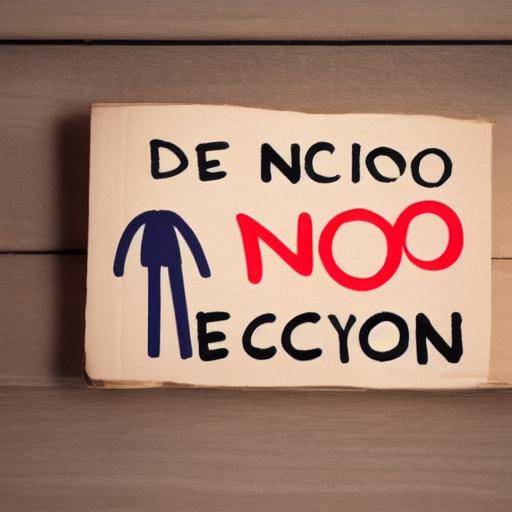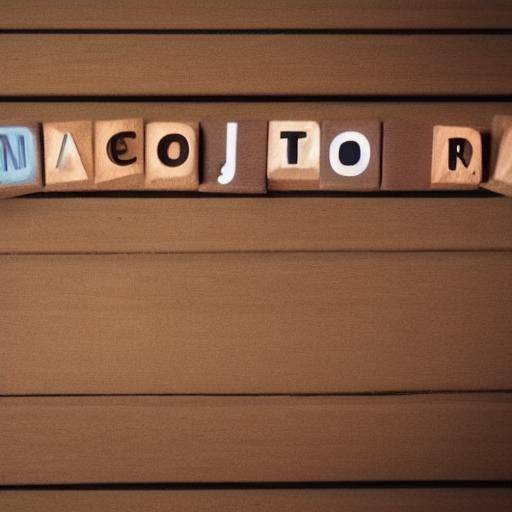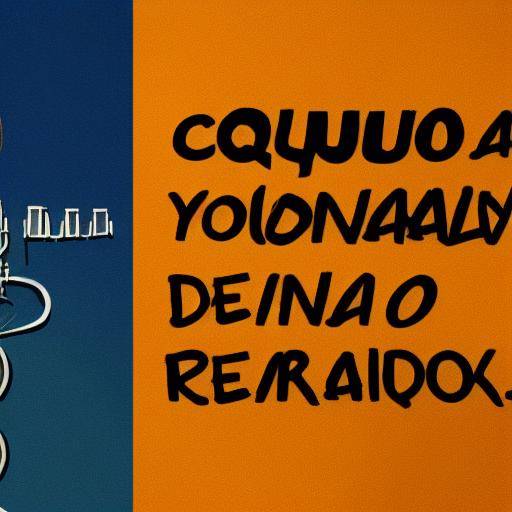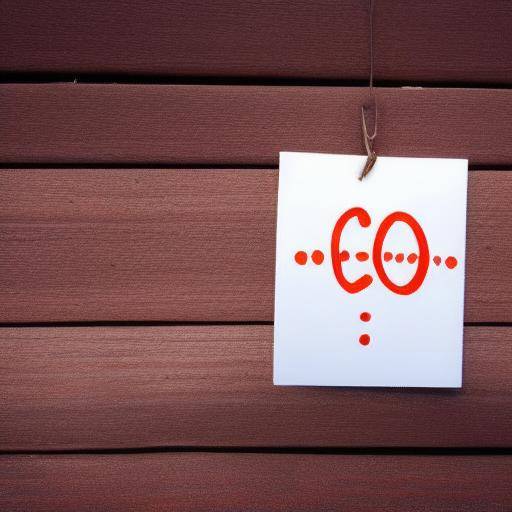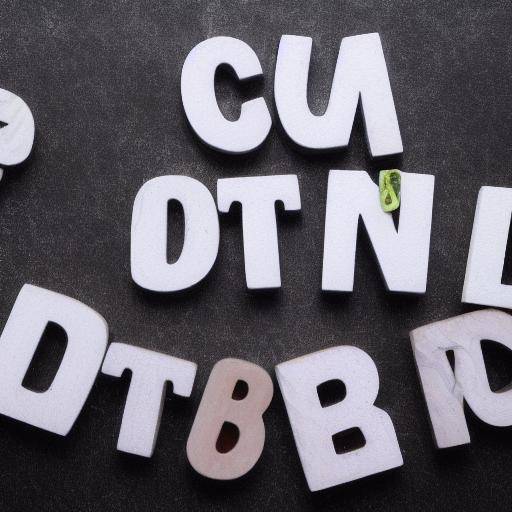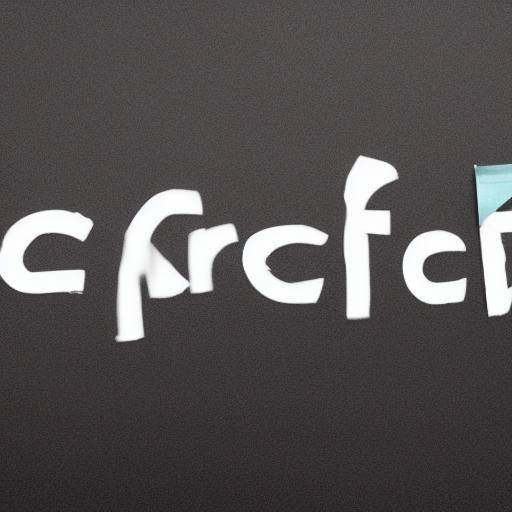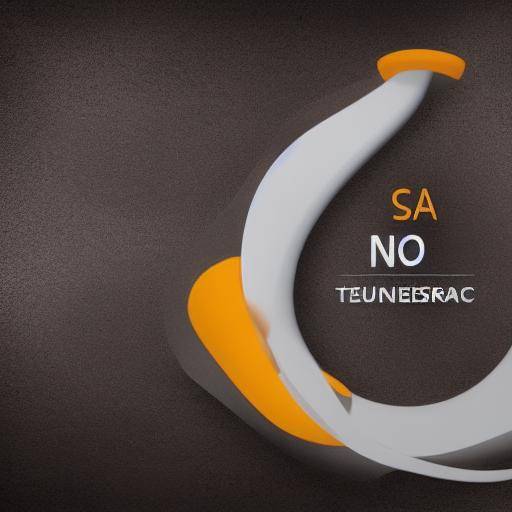
Introduction
Did you find yourself in the uncomfortable situation in which you need to say "no" to someone but are afraid to hurt their feelings or generate a conflict? The sandwich technique is an effective communication strategy that allows you to express disagreement or negative constructively. In this article, we will explore in detail how to use this technique to say "no", its importance in effective communication and how to apply it in real situations. You will learn to master this technique, which will allow you to communicate assertively and strengthen your interpersonal relationships.
Origins and History
The sandwich technique has its roots in communication psychology, with influences of neurolinguistic programming (PNL) and negotiation techniques. It originated in the professional and conflict management sphere, where the ability to communicate effectively is fundamental. Over time, their use has spread to everyday situations, from family conversations to interactions in the working environment.
Detailed Analysis
This technique is based on the principle of wrapping a negative message between two positive affirmations, creating a "sandwich" that softens the impact of the negative. For example, by saying "no" to a project, you can start by highlighting the strengths of work and ending with words of support and willingness to collaborate in future opportunities. This strategy allows the message receiver to feel valued and heard, despite the negative.
Full review
The sandwich technique offers multiple benefits, such as maintaining positive relationships, reducing conflicts and preserving self-esteem both self-esteem and others. However, it also faces challenges, such as the risk that the negative message is diluted or misunderstood. Understanding these aspects is essential to effectively apply the technique.
Comparative analysis
By comparing the sandwich technique with the simple fact of saying "no", we can appreciate its effectiveness to smooth the impact of a negative message. On the other hand, effective communication implies not only expressing our opinions, but also actively listening, fostering mutual understanding and empathy.
Practical Tips and Accessible Tips
When using the sandwich technique, it is important that positive statements be genuine and relevant to the situation. In addition, practicing active listening will allow you to understand the needs and concerns of the other person, which will enrich your communication skills.
Industry ideas and Expert Reviews
According to experts in effective communication, the sandwich technique is a powerful tool for managing delicate situations, as long as it is used with authenticity and sincerity. Incorporating this technique into your repertoire of communicative skills will give you an advantage in the personal and professional field.
Case Studies and Real Life Applications
A notable example of the successful application of the sandwich technique is its use in the field of Human Resources, where managers use this strategy to provide constructive feedback to employees, promoting growth and professional development.
Future Trends and Predictions
As awareness of the importance of effective communication grows, the sandwich technique will remain a relevant tool in various contexts. It is expected that its implementation will be extended to areas such as mediation and conflict resolution.
Conclusion
In short, the sandwich technique is a valuable tool to express constructive disagreement and strengthen interpersonal relationships. Mastering this technique requires practice and authenticity, but its long-term benefits are significant. By learning to say "no" assertively, you will contribute to a healthier and more productive communication environment.
** Frequent questions
- **What is the sandwich technique and how does it apply to saying "no"?**The sandwich technique is to wrap a negative message between two positive statements. By applying this technique to say "no", you can start by highlighting positive aspects or compliments to then express your refusal constructively and end with positive or alternative comments that demonstrate your willingness to collaborate on future occasions.
- **Why is it important to master the sandwich technique in effective communication?**Mastering the sandwich technique is essential to communicate assertively and maintain positive relationships. This ability allows to express disagreement or negative respectfully and constructively, avoiding unnecessary conflicts and strengthening empathy in interpersonal interactions.
- **What are the potential challenges when using the sandwich technique?**One of the challenges in applying the sandwich technique is to ensure that positive statements are genuine and relevant to the situation, preventing the negative message from diluting or misinterpreting. Moreover, authenticity in the application of this technique is essential to avoid being perceived as manipulative.
- **In what areas can the sandwich technique be applied to say "no"?**The sandwich technique can be applied in various fields, both in the working environment to provide constructive feedback, and in the personal realm to establish limits respectfully. This technique is particularly useful in situations where disagreement or rejection is required without generating unnecessary tensions.
- **How does the sandwich technique differ from simply saying "no"?**The main difference is that the sandwich technique seeks to express the negative message constructively, smoothing its impact by wrapping it between positive affirmations. While simply saying "no" can generate confrontation or discomfort, the sandwich technique encourages more empathic and thoughtful communication.
- **Are there situations where the sandwich technique is not appropriate to say "no"?**While the sandwich technique is an effective tool for communicating disagreement respectfully, there are situations in which guideline and honesty are more appropriate. In circumstances that require clear and direct communication, the sandwich technique could dilute the message, so it is important to evaluate its relevance in each context.




